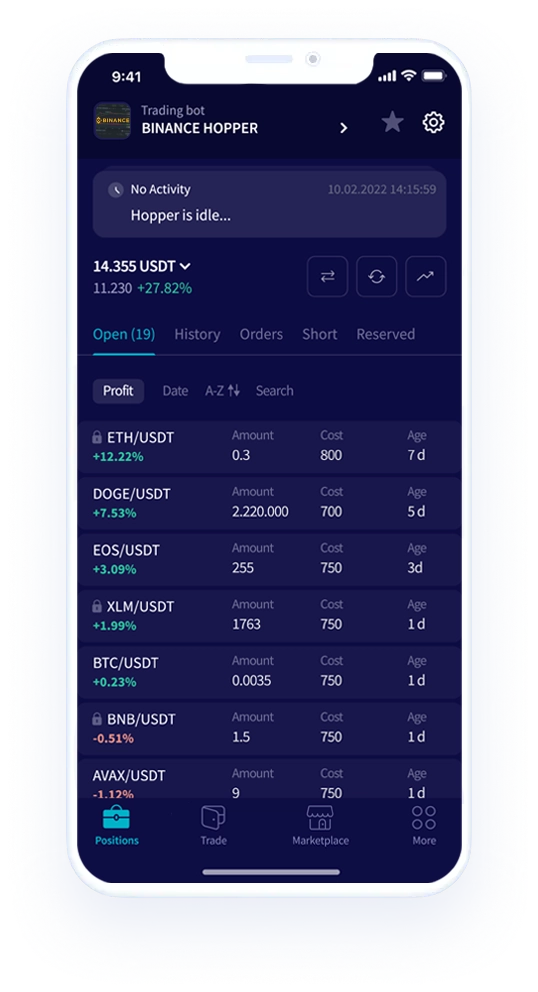Here Is How You Can Teach Your Kids About Money
Teaching children about money management develops essential financial skills for future success. Engaging activities can transform financial learning into an enjoyable experience.
TLDR
Beginning financial education during childhood develops essential abilities including saving habits, budget management, and thoughtful spending decisions.
Interactive and engaging activities transform money concepts into enjoyable learning experiences for children.
Tailoring financial lessons to various developmental stages (from young children through teenagers) enhances their likelihood of achieving financial independence as adults.
Teaching about cryptocurrencies, including Bitcoin and cryptocurrency basics, equips children for evolving financial systems.
Understanding digital money concepts prepares young people for emerging financial technologies and future economic landscapes.
Getting Started
When you teach children money management early, you provide them with vital skills extending far beyond simple cash handling. This education strengthens their mathematical thinking, develops their understanding of value, and fosters both responsibility and self-assurance.
As digital currencies like Bitcoin become increasingly relevant, comprehensive financial education must now incorporate these modern money forms and their potential economic impact.
Here are effective strategies you can use to teach money concepts (including crypto) to children.
1. Start with Currency Identification
Understanding various coins and bills forms the foundation of financial literacy. You can employ visual aids such as educational charts or flashcards displaying currency denominations and their corresponding values.
Activity: Have children pair actual coins with matching images on reference cards while vocalizing each coin's denomination and monetary value.
2. Develop Counting and Organization Skills
When children sort and count money, they reinforce mathematical concepts while learning relative values between different denominations.
Activity: Provide your child with assorted coins. Guide them to categorize coins by denomination, then calculate the quantity within each category.
3. Create Money-Based Role Play
Role-playing scenarios involving commerce, banking, or retail operations enable children to experiment with financial transactions in an enjoyable, pressure-free environment.
Activity: Establish a miniature "marketplace" where your child engages in buying and selling activities using play currency. This reinforces transactional understanding and strengthens computational abilities.
4. Include Children in Real Financial Activities
Nothing beats authentic experience when teaching money concepts. Allowing children to participate in actual financial transactions—whether making small purchases or handling change—transforms abstract concepts into concrete understanding.
Activity: Allocate a modest budget for your child to purchase a treat or small item during shopping excursions. Encourage thoughtful spending decisions within their budget constraints.
5. Introduce Saving Strategies and Goal Planning
When you teach saving habits and goal-setting, you cultivate patience and strategic thinking. Visual aids like personalized savings containers marked with specific objectives can inspire consistent saving behavior.
Activity: Design a "Special Purchase Fund" container and commemorate progress as savings accumulate.
6. Incorporate Educational Games and Musical Learning
Combining education with entertainment enhances retention. Money-themed board games or educational songs about currency help children internalize financial concepts more effectively.
Activity: Organize "Money Bingo" sessions or teach rhythmic songs incorporating monetary themes to reinforce financial vocabulary.
7. Maintain Patience Through Repetition
Since children develop at individual rates, maintaining steady encouragement and regular practice remains crucial. Celebrating achievements sustains enthusiasm and strengthens self-assurance.
Activity: Implement progress tracking systems to document accomplishments and recognize improvements collaboratively.
8. Tailor Content to Developmental Stages
As children mature, you should expand their financial knowledge to encompass budgeting skills, credit awareness, and investment fundamentals. Consider these age-appropriate activities:
Guide teenagers in allocating their earnings or allowances between expenses and savings.
Explain credit card mechanics responsibly, potentially through supervised authorized user arrangements with explicit repayment expectations.
Explore economic principles like supply and demand while examining various investment vehicles ( stocks, bonds, etc.).
Demonstrate compound interest benefits and emphasize early investment advantages.
9. Explore Bitcoin and Digital Currencies
When children develop greater technological awareness, you can introduce fundamental cryptocurrency concepts. Based on their comprehension level, explain principles such as digital scarcity and decentralized systems. Essential topics might encompass:
Cryptocurrency functions as electronic currency for online transactions.
Bitcoin represents the pioneering and predominant cryptocurrency, frequently compared to "digital gold" due to its finite availability.
Mathematical encryption (cryptography) and programming safeguard the entire system.
Presenting these concepts using age-appropriate language establishes foundations for understanding digital economics. While complete comprehension may develop gradually, you'll likely ignite lasting interest in financial technology.
Wrapping Up
Financial education for children requires continuous adaptation as they develop. By integrating practical experiences, interactive education, objective planning, and progressive exposure to investment principles and digital assets, you create comprehensive financial literacy foundations. Through patient, consistent instruction, you equip children with the capabilities and assurance necessary for future financial success.

